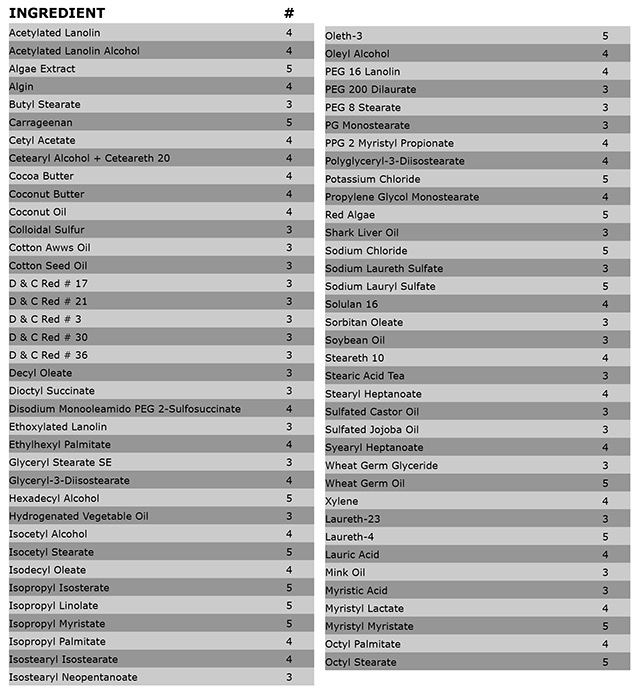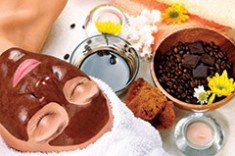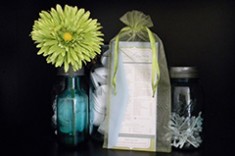1. Break out the ice. Ice helps inflamed lesions from getting worse and often can make them go away. Cleanse your skin first, then get an ice cube (better yet – get a Styrofoam or Dixie cup and fill it up with water and freeze it) and ice your zits for a minute or two.
2. Stop eating peanut butter, peanuts and/or peanut oil. Peanuts contain a hormone in them that can make acne worse. If you love peanut butter, switch to unsalted almond butter – it doesn’t have the same effect as peanuts.
3. Stop using fabric softener in the washer AND the dryer (the softener sheets). Fabric softener leaves a waxy residue on cloth – that’s the softness that you feel. Unfortunately, that wax is getting on your skin while you sleep on that soft pillowcase and it’s clogging your pores. And, don’t think that fragrance free is any better – it’s the waxy residue, not the fragrance.
4. Get uniodized salt to use at home. Iodides are the culprit in the foods that you eat – it irritates the follicle walls and breaks you out.
5. Start taking zinc supplements. Research indicates that the best form to take is zinc monomethionine. But, don’t take it on an empty stomach – eat first.



